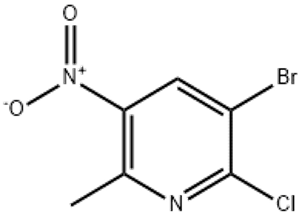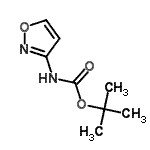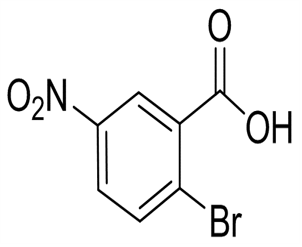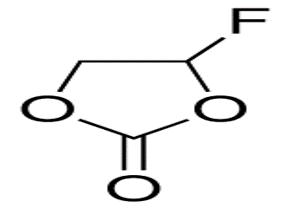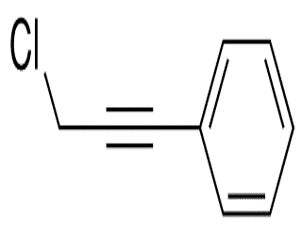2,6-Diamino-3, 5-difluoropyridine(CAS#247069-27-8)
| Risk Codes | R21/22 – Harmful in contact with skin and if swallowed. R36/37 – Irritating to eyes and respiratory system. R36 – Irritating to the eyes |
| Safety Description | S24 – Avoid contact with skin. S26 – In case of contact with eyes, rinse immediately with plenty of water and seek medical advice. S36/37/39 – Wear suitable protective clothing, gloves and eye/face protection. |
| UN IDs | 2811 |
| WGK Germany | 3 |
| HS Code | 29333990 |
| Hazard Note | Toxic/Irritant |
| Hazard Class | 6.1 |
Introduction
2,6-Diamino-3,5-difluoropyrimidine is an organic compound. The following is an introduction to its properties, uses, preparation methods and safety information: Properties: 2,6-Diamino-3,5-difluoropyrimidine is a crystalline white solid with a strong ammonia odor. It is unstable at room temperature and easily decomposes. Uses: The main use of 2,6-diamino-3,5-difluoropyrimidine is as an important intermediate in organic synthesis. It can also be used in the synthesis of chemicals such as dyes and polymers. Method: 2,6-diamino-3,5-difluoropyrimidine can be prepared by a variety of synthetic routes. For example, pyrimidines can be prepared by reacting with ammonia and difluoromethanesulfonamide. Safety information: The specific hazards and safety measures of 2,6-diamino-3,5-difluoropyrimidine should be determined according to the environment in which it is used and the specific use. It is a harsh chemical and proper laboratory practices and personal protective measures must be followed. When using or handling the compound, avoid inhalation, contact with the skin and eyes. In the laboratory, it should be kept in a dry, cool place and avoid contact with combustibles and oxidants. Personal protective equipment such as protective gloves, goggles, and face shields should be used to reduce the risk if necessary.



